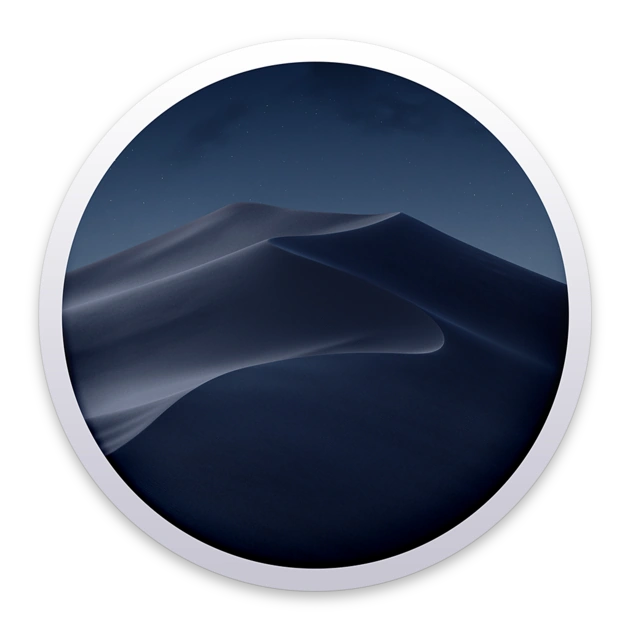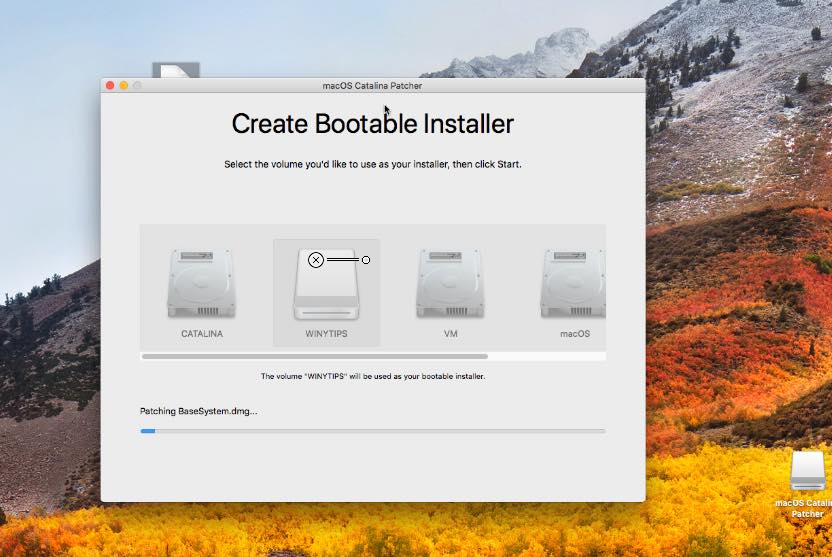
Description:
Apple has finally released macOS 10.14, named Mojave after one of California's three deserts. If your organisation is itching to upgrade Mojave update to multiple Mac devices, the Upload Patch feature lets you perform the deployment efficiently.
System Requirements
What's new in macOS Catalina Patcher 1.4.4: May 29, 2020 macOS Catalina Patcher (formerly macOS Mojave Patcher, macOS High Sierra Patcher and macOS Sierra Patcher) is a small yet powerful tool that can help you create a bootable USB drive that can be used to install macOS Catalina on Mac computers older than mid 2012, basically acting as a macOS Mojave patch for unsupported Macs. Open the 'macOS High Sierra Patcher' tool, and browse for your copy of the macOS High Sierra Installer App.Ensure that the tool successfully verifies the app. Next, select your USB drive in the Target Volume list, and click 'Start Operation.' When the operation completes, boot your target unsupported Mac off the USB drive you just. Open the 'macOS Mojave Patcher' tool, and browse for your copy of the macOS Mojave Installer App. Once the Mojave installer has finished downloading, select the Mojave icon in the macOS Mojave Patcher window. Select your Mojave installer and click open. Now, select your volume by clicking the dropdown menu under the picture of a hard drive. You want to select the name of your USB drive. With the release of macOS Mojave, Apple dropped support for a lot of older Mac models. Download macOS Mojave Patcher tool for unsupported Macs below.
You can upgrade your Mac operating system to Mojave 10.14, only if the following system requirements are met:

- Computer should be running on Mac 10.8 or later versions.
- A minimum of 18.5 GB free space is required on the hard disk.
- A minimum of 2 GB RAM memory is required.
- Mac Pro (mid 2010 and mid 2012 models) must first be updated to macOS High Sierra 10.13.6 before updating to macOS Mojave.
- You can refer this link for more details : MacOS 10.14 Mojave System Requirements.

Steps:
- Open App Store in one of the managed Mac devices.
- Click on the macOS Mojave icon and choose to download.
- Find the installation file 'Install macOS Mojave' in Applications folder by navigating to the file path /Applications/
- Compress the installation file using the following command
'tar -zcvf installMojave.tar.gz Install macOS Mojave.app/'
Note: The User should not execute the above command in some other directory. Go to the Applications folder(as mentioned in the file path) and execute that exact command in that folder to compress the installation file.
In order to deploy the macOS Mojave patch to Mac devices missing the latest version, it is required to upload the installation file to our patch store using the following steps:

(Note: This option is only available for the build 10.0.282 and above).
Macos Patcher Mojave Installer
- Navigate to Patches > Downloaded patches > upload patches.
- Here you will find a list of patches that have to be downloaded manually. Apply the filter 'Missing patches in the network' and find the 'Upgrade to macOS Mojave' option under 'Patch Description'.
- Select Upload option.
- Navigate to the location of the downloaded patch file in and upload it.
- Now, the patch will be successfully uploaded to the patch store, and will be available for deployment.
Macos Mojave Supported Macs

Macos Mojave Patcher Tool 10.14.5
Using our Install Patch configuration, you can deploy the Mojave update to all the Mac devices in your network.